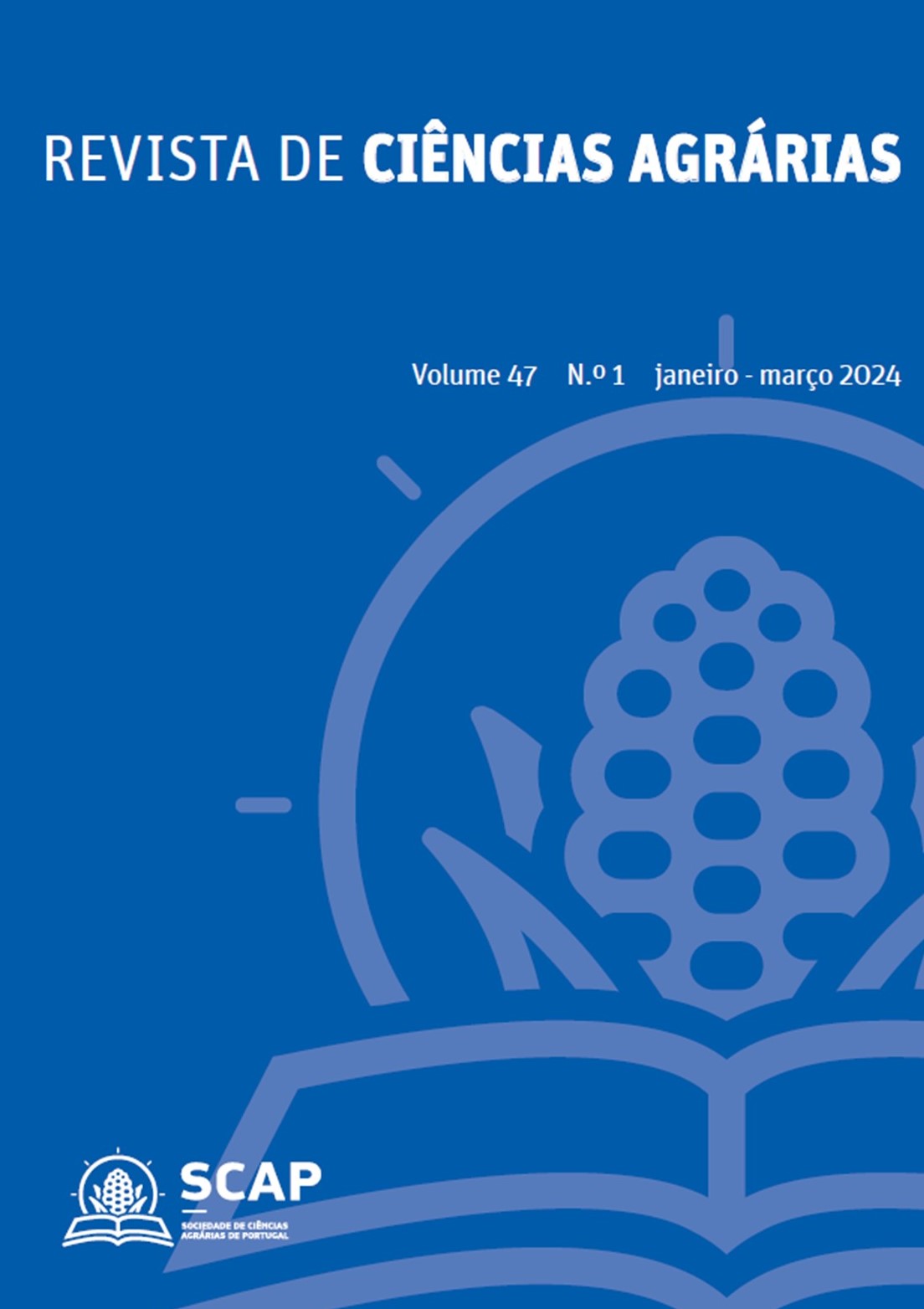Development and validation of a system for adjusting the intensity of mechanical weed treatment using automatic image analysis
DOI:
https://doi.org/10.19084/rca.34976Abstract
A system for automatically adjusting the angle of incidence of the tines of a harrow by processing nearby images allows the intensity of the treatment to be adapted in real time. In this study, precision agriculture technologies were implemented in a commercial implement to increase the selectivity of a mechanical treatment of weeds in cereal. The objective was to develop and test an algorithm to automatically adjust the force exerted by the tines against the ground, varying their angle of incidence, and the number of passes. Images were acquired on a set of RGB cameras and processed in real time to calculate the percentage of vegetation cover. The ground drag force opposite the direction of travel was measured with a load cell connected to a rigid spike mounted in front of the stand. The optimal intensity levels were obtained in previously carried out experiments, based on the effectiveness of weed control and increase in crop yield. The processing of the images generated a set of data that was stored and subsequently analyzed through an FMIS (Farm Management Information System). This same input was used to generate control signals, based on a decision-making system, encrypted through the ISOBUS protocol to adjust the angle of incidence of the tines on the ground.


